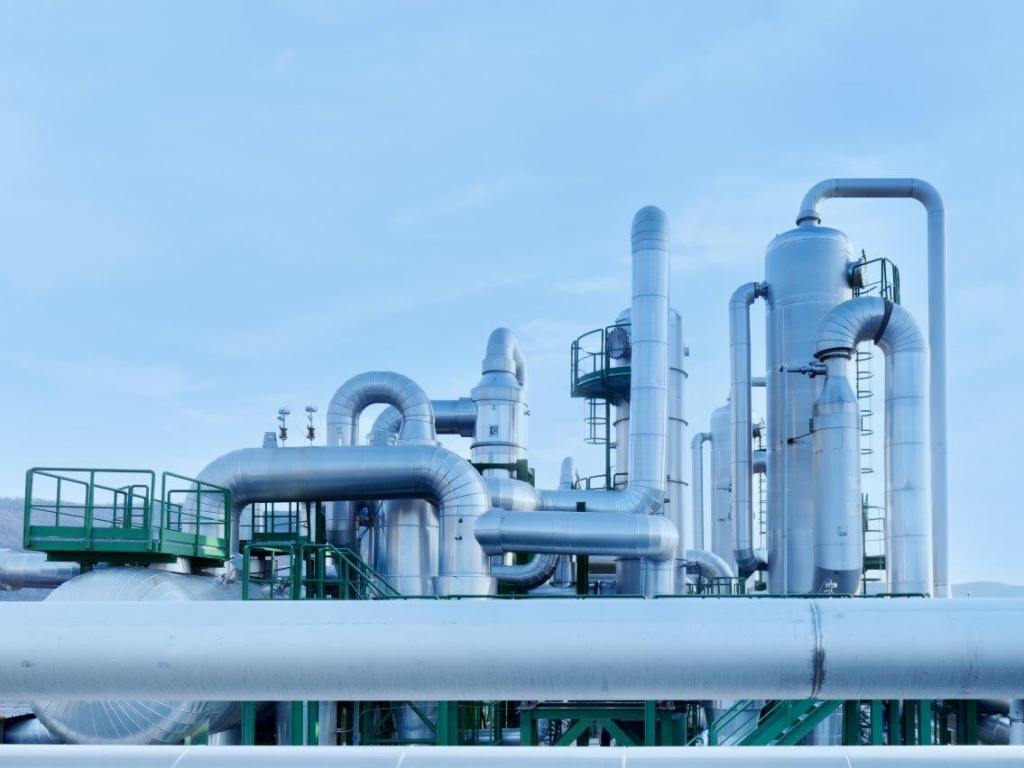Gas storage – Process and Importance
23 Marzo 2022

Italy with the Proposed Integrated National Plan for Energy and Climate (PNIEC) sent to the European Commission in early 2019 has chosen to achieve the decarbonisation of the system to 2050 and among the objectives of the project is the gradual elimination of coal from energy production, with total discontinuation in 2025 in favour of renewable energy in the electricity system and beyond.
In this context, fossil sources will take on a secondary role and the role of oil will be downsized. Diversification of imports from peak demand and storage system is the strength of PNIEC.
Storage system in Italy - Characteristics
In order to meet the variable demand for gas in Italy we have a storage system developed since the 1970s, a time characterized by the energy crisis and in which the importance of this source for the national energy system emerged.
Thanks to storage, the country can respond in real time to the demands of the gas market and ensure elasticity of management of transport and production structures. At the same time, it maintains a strategic reserve to be used in exceptional climatic and political situations such as, for example, the interruption of supplies from abroad. Think of the case of Russia and the current situation.
Importance of gas storage for decarbonisation
Storage means the action of depositing gas taken from the national transportation network and then injecting it according to market demands. The gas is stored in geological and natural structures in the subsoil or in artificial metal plants.
Natural structures include depleted gas fields and deep aquifers into which the gas is injected or mines. The first solution is the most adopted in Italy, while France, USA, Canada and Germany use aquifers and mines.
Gas storage cycle has two phases:
- Injection, in the summer period when consumption is low
- Supply, in the winter period when consumption is high
In this second case, the gas is taken from the well and, after being treated by the plant, is introduced into the distribution network at the right pressure, thanks to the work of the compressor. At the same time, two volumes of gas are distinguished:
- Cushion gas, useful for maintaining the minimum operating pressure intended for storage operations
- Working gas, i.e. natural gas that is injected or withdrawn in a predetermined quantity. A part of this gas remains in the reservoir to form the strategic reserve needed to cope with exceptional events, such as in 2018 the Burian cold wave with a national average temperature of -1°C or the current situation in Russia.
In other words, even in case of a greater demand for gas, Italian gas storage system can meet the needs, even if the coverage of demand is ensured for 3.6% by domestic production and 60.3% by imports by pipeline, while 9.1% is given by LNG imports. On the other hand, 27% of the gas comes from reserves and storage, a fundamental element of the system.
Overall, the capacity of the current storage infrastructures is adequate to guarantee the security of the system, but it seems clear that autonomy is now more than ever an objective to be achieved. For this reason, important investments will be made.
In addition, as far as storage is concerned Settala Gas proves to be attentive to customer needs and combines experience and modern technologies to offer
- A state-of-the-art distillation column
- A cold filtration system with 18 tanks
- Storage and processing tanks
- A state-of-the-art chemical laboratory
- Auxiliary safety systems
Contact us for more information!
Contact us for more information about the world of hydrocarbons!
Contact us
Last News




